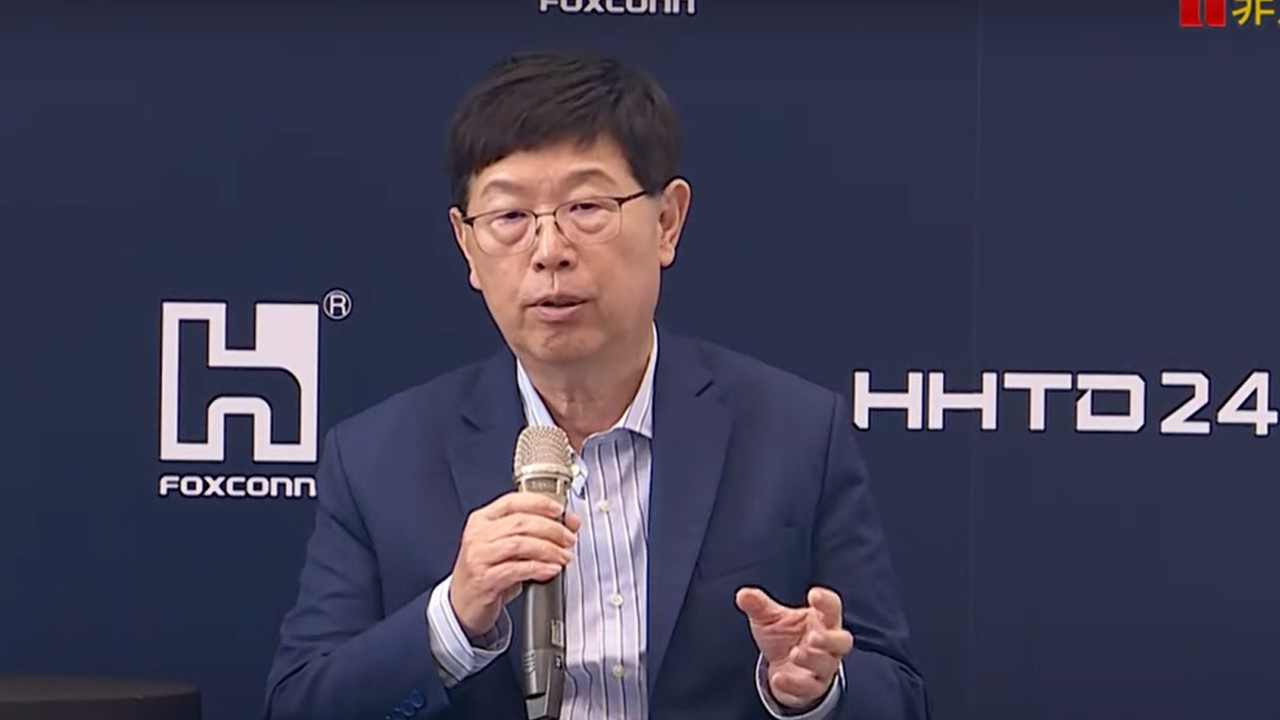Foxconn to Ship World's First AI Server Powered by GB200 Superchip
At its 2024 Hon Hai Technology Day (HHTD24) event on October 8, Foxconn celebrated its 50th anniversary with major announcements, showcasing its leading role in AI server manufacturing. Chairman Young Liu proudly introduced the world’s first lighthouse AI server factory, emphasizing that Hon Hai not only holds the title of the world’s largest server manufacturer but is also the first to ship an AI server rack powered by the GB200 superchip.
Liu highlighted Foxconn's dominance in server component production, stating that the company manufactures 80% to 90% of server parts, including modules, integrated circuit boards, cabinets, switches, and more. Foxconn, he explained, is capable of constructing entire AI data centers independently, making it the first supplier to mass-produce and ship AI servers powered by NVIDIA’s superchips.
“We are redefining ourselves with three intelligent platforms: clean technology, electro-mobility, and next-generation communications,” said Liu. “Our transformation spans more than 200 locations in 24 countries, strengthening our global footprint.”
Liu also revealed that Hon Hai’s supercomputing center in Kaohsiung, southern Taiwan, will run on GB200 AI servers, meaning that NVIDIA's Blackwell platform will power the facility’s core infrastructure.
Emphasizing the role of AI in automation, Liu said, “Automation equals productivity, and our customers are asking for more of it. After introducing automation to our factories, we saw productivity almost double.”
During the press conference, Liu remarked on the ongoing demand for AI servers, calling the market "crazy" and disclosed that Foxconn is constructing a mega AI server factory in Mexico. This facility is expected to primarily serve data center customers in North America.
Liu further elaborated that due to the security-sensitive nature of AI software and data stored on AI servers, the supply chain is increasingly adopting localized production models, creating what Liu referred to as “sovereignty servers,” designed to safeguard national security interests.




